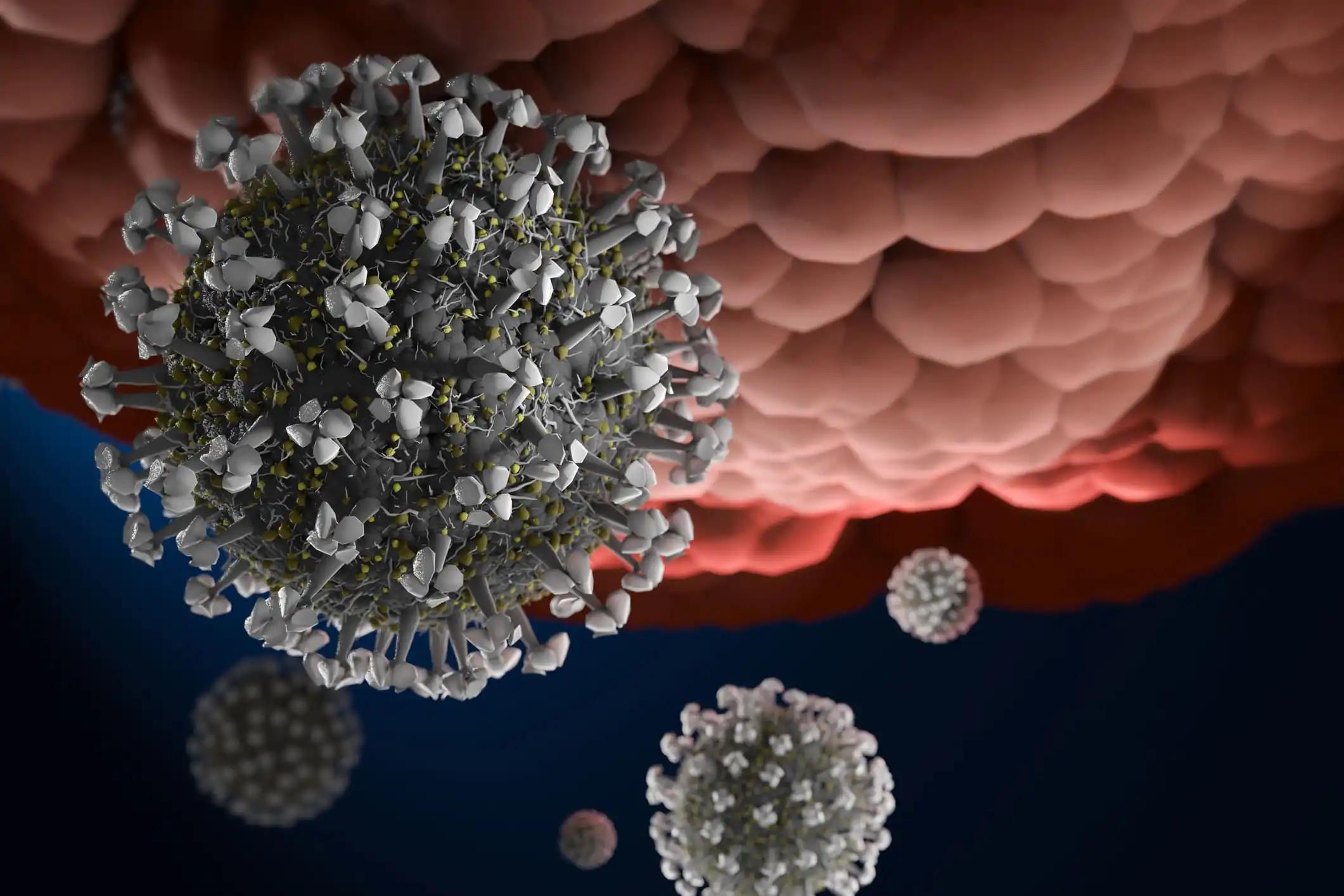KEY TAKEAWAYS
- This study aimed to determine the mechanism by which TER inhibits the growth of A375 melanoma cells.
- TER induces apoptosis and pyroptosis in A375 melanoma cells via the p53 signalling pathway, making it a potential anti-melanoma agent.
Melanoma, a dangerous type of skin cancer, presents challenges in treatment due to drug resistance, particularly after surgery.This study focused on terphenyllin (TER), a natural compound that has shown promise in inhibiting melanoma cell growth. Understanding how TER works could lead to new chemotherapeutic options.
Wei Wu and the team aimed to investigate the mechanism underlying TER’s inhibitory effect on melanoma cells.
Researchers employed various techniques to investigate how TER affects A375 melanoma cells. Transcriptome sequencing and metabolomic analysis were used to identify the cellular pathways potentially targeted by TER. Gene editing techniques, including CRISPR-Cas9 and molecular cloning, were applied to remove or reintroduce specific proteins such as p53, CASP3, and GSDME, allowing for an assessment of their roles in TER’s effects.
Additionally, cell viability, LDH release, immunofluorescence, and flow cytometry were utilized to evaluate how TER influenced cell death and related cellular processes.
The results demonstrated that TER significantly activated the p53 signaling pathway, which in turn activated CASP3, a protein involved in programmed cell death. Active CASP3 led to both apoptosis (a controlled form of cell death) and pyroptosis (an inflammatory form of cell death) by cleaving GSDME, a protein that triggers pyroptosis. Removing p53 through knockout rescued cells from TER-induced death, highlighting its critical role.
However, removing CASP3 or GSDME did not prevent cell death but altered the type, shifting from a combination of apoptosis and pyroptosis to just one or the other.
The study concluded that TER induces apoptosis and pyroptosis in A375 cells through the p53-BAX/FAS-CASP3-GSDME signaling pathway. This positions TER as a potential future anti-melanoma drug. It is important to note that CASP3 and GSDME in this pathway regulate the mode of cell death, not the occurrence of cell death itself. This distinction could be valuable for future research into apoptosis and pyroptosis.
This study was supported by the Technology Innovation Center for Exploitation of Marine Biological Resources, MNR (TICMBR202404), the Natural Science Foundation of Xiamen, China (3502Z202373014), the National Natural Science Foundation of China (31870780 and 82371419), and the Xiamen Southern Oceanographic Center (16PFW008SF15 and 21CZP002HJ05).
Source: https://pubmed.ncbi.nlm.nih.gov/39169379/
Wu W, Wu MY, Dai T, et al. (2024). “Terphenyllin induces CASP3-dependent apoptosis and pyroptosis in A375 cells through upregulation of p53.” Cell Commun Signal. 2024;22(1):409. Published 2024 Aug 21. doi:10.1186/s12964-024-01784-7



